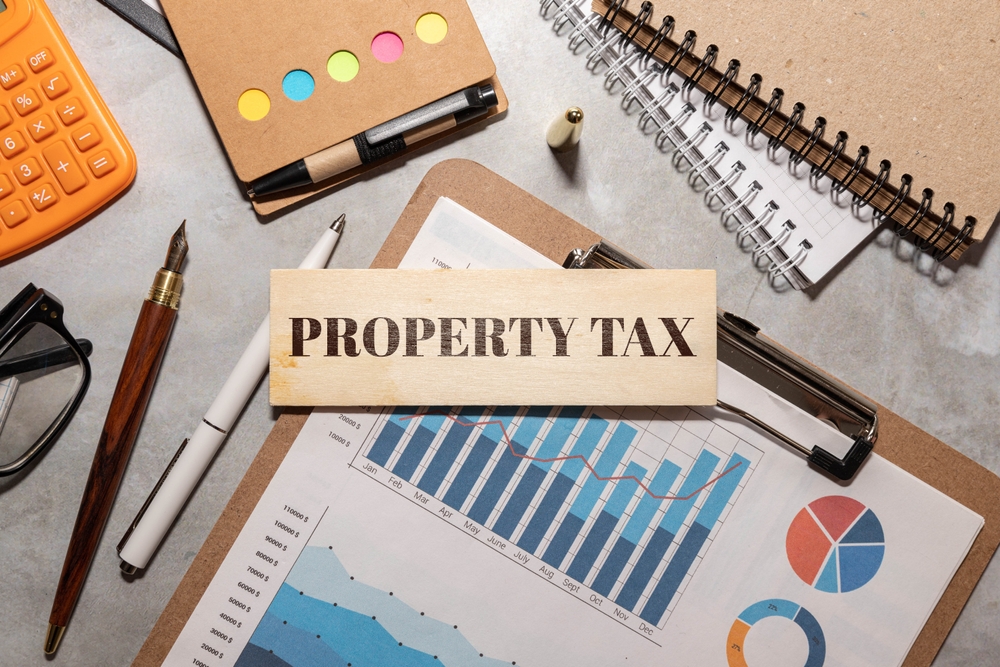If you’re shopping for a home in California—especially in newer communities—there’s a good chance you’ve come across the term Mello-Roos. But what exactly does it mean? And more importantly, how does it affect your property taxes and long-term financial plan as a homeowner?
Understanding Mello-Roos is crucial if you want to avoid surprises during your homebuying journey. In this article, we’ll break down what Mello-Roos is, how it works, why it exists, how long it lasts, and even look at similar types of special tax districts in other states. Let’s dive in and make this complex topic a little easier to digest.
What is Mello-Roos?
Mello-Roos refers to a special property tax in California, authorized under the Community Facilities Act of 1982. Named after its authors—Senator Henry Mello and Assemblyman Mike Roos—this law gives local governments the power to establish what’s called a Community Facilities District, or CFD, in order to fund public infrastructure and services.
When a new community is built, there’s often a need for essential services and infrastructure like roads, parks, schools, police and fire stations, and even water and sewer systems. But cities don’t always have the upfront funds to cover those costs. That’s where Mello-Roos comes in. Instead of passing those costs on to all city residents, the law allows the city or county to create a CFD and levy a special tax on just the properties within that district.
So, if you buy a home in a Mello-Roos district, you’ll pay this tax annually—in addition to your standard property taxes. The revenue generated goes toward paying off bonds that were issued to build those improvements. In essence, Mello-Roos lets communities grow faster by funding needed amenities through local contributions.
Although it might seem like just another tax, many homeowners appreciate the benefits that come with it—such as new, well-planned neighborhoods, upgraded schools, and modern infrastructure. However, it’s essential to understand the full financial impact before making a decision.
How Much Does Mello-Roos Cost?
One of the most common questions homebuyers ask is, “How much does Mello-Roos actually cost?” The answer can vary widely depending on the district, the size of the home, and what services the tax is funding. Typically, homeowners can expect to pay anywhere from a few hundred to several thousand dollars annually.
Unlike standard property taxes, which are calculated as a percentage of a property’s assessed value, Mello-Roos taxes can be structured in several ways. Some districts charge a flat rate per home, while others calculate the fee based on square footage, lot size, or other formulas. Additionally, some Mello-Roos taxes include a built-in annual increase tied to inflation or a fixed percentage.
It’s important to note that Mello-Roos taxes are usually itemized separately on your property tax bill. If you’re financing your home, your mortgage lender will likely factor these costs into your monthly payment estimate. That’s why it’s crucial to ask your real estate agent or title company if a property is located in a Mello-Roos district and what the annual assessment is.
In some cases, the benefits may outweigh the costs—especially if the Mello-Roos tax supports high-performing schools, community parks, or upgraded public safety services. But every buyer’s financial situation is different, so doing the math ahead of time is a smart move.
How Long Does Mello-Roos Last?

Most Mello-Roos taxes are not permanent. These assessments typically last between 20 and 40 years, depending on how long it takes to pay off the bonds that funded the initial improvements. That said, the exact term can vary from one Community Facilities District to another, so it’s important to find out the remaining life of the tax before buying.
Some Mello-Roos districts may allow for early repayment of the tax through a process known as “bond prepayment,” which can remove the annual charge from the property. However, this option usually comes with a hefty upfront cost and may not make financial sense unless you plan to stay in the home for a long time.
Additionally, it’s worth asking whether a Mello-Roos district has the potential to renew or refinance its bonds. In some cases, districts may extend the assessment period to fund additional projects or services, even after the original term has ended. That’s why buyers should always request a full Mello-Roos disclosure when entering escrow on a property.
Keep in mind that once the bonds are fully paid off, the Mello-Roos tax is supposed to be retired, offering a potential tax break for future homeowners. Knowing when that relief will happen can be a helpful factor in your long-term planning.
Benefits and Drawbacks of Mello-Roos
Like any financial tool, Mello-Roos taxes come with both benefits and potential drawbacks. On the positive side, these taxes help fund high-quality infrastructure and services without putting the financial burden on the entire city. Many Mello-Roos neighborhoods feature new schools, well-maintained roads, and beautiful parks—features that can significantly enhance quality of life and even home values.
Another upside is that Mello-Roos taxes are often used in master-planned communities. These areas are thoughtfully designed and may offer amenities like clubhouses, pools, walking trails, and sports courts, which are highly desirable to many homebuyers.
On the flip side, the additional cost can be a barrier for some buyers, particularly those with tight monthly budgets. Because Mello-Roos is in addition to regular property taxes, it can significantly increase your annual housing expenses. In some high-cost districts, it may even affect your mortgage qualification.
Lastly, there’s the issue of transparency. While sellers are required to disclose Mello-Roos taxes during the sale, not all buyers fully understand what they’re signing up for. That’s why working with an experienced real estate agent who knows how to identify and explain Mello-Roos is so important.
Mello-Roos and Similar Taxes in Other States

While Mello-Roos is unique to California, other states have created similar financing tools to fund infrastructure in growing communities. For example, in Texas, many newer developments fall under a MUD—short for Municipal Utility District. MUDs issue bonds to build out water, sewer, and drainage systems, and homeowners pay annual fees until the bonds are repaid.
Florida uses something called a CDD, or Community Development District. Like Mello-Roos, a CDD is a special taxing district that funds infrastructure and amenities in new communities. Homeowners in CDD zones pay a separate assessment on top of their property taxes, often for 20–30 years.
Arizona has similar setups known as CFDs, while Colorado uses Metro Districts. These taxes or assessments may go by different names, but the basic principle remains the same: they fund local development through a targeted tax on homeowners who directly benefit from those improvements.
If you’re relocating from California to another state—or vice versa—it’s helpful to know that these kinds of special assessments exist across the country, and they can significantly influence your total cost of homeownership. Always ask your real estate agent if a home is located in any kind of special tax district.
Should You Buy a Home in a Mello-Roos District?
So, should you avoid homes with Mello-Roos taxes when moving to California? Not necessarily. In fact, many buyers find that the benefits far outweigh the extra cost. The key is to make sure you understand what you’re getting for your money and how it fits into your overall budget.
If a Mello-Roos district offers great schools, updated infrastructure, and amenities that suit your lifestyle, it could be a great investment. On the other hand, if the tax significantly stretches your budget or provides limited value, it might be worth looking elsewhere.
Like most things in real estate, context matters. That’s why it’s so important to ask questions, read disclosures carefully, and work with a real estate professional who can help you evaluate whether Mello-Roos is a smart move for your situation.
Ultimately, Mello-Roos is just one piece of the puzzle when it comes to buying a home in California. With the right knowledge and guidance, you can make a well-informed decision that aligns with both your financial goals and your lifestyle preferences.

